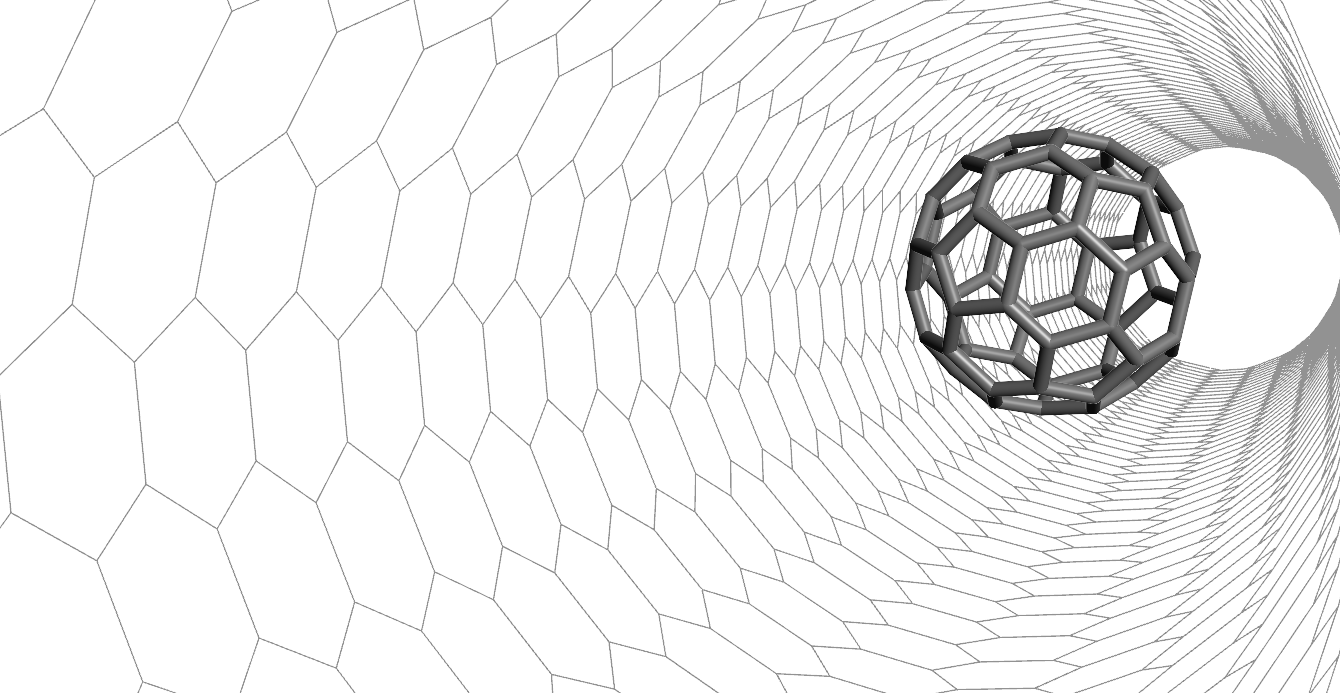

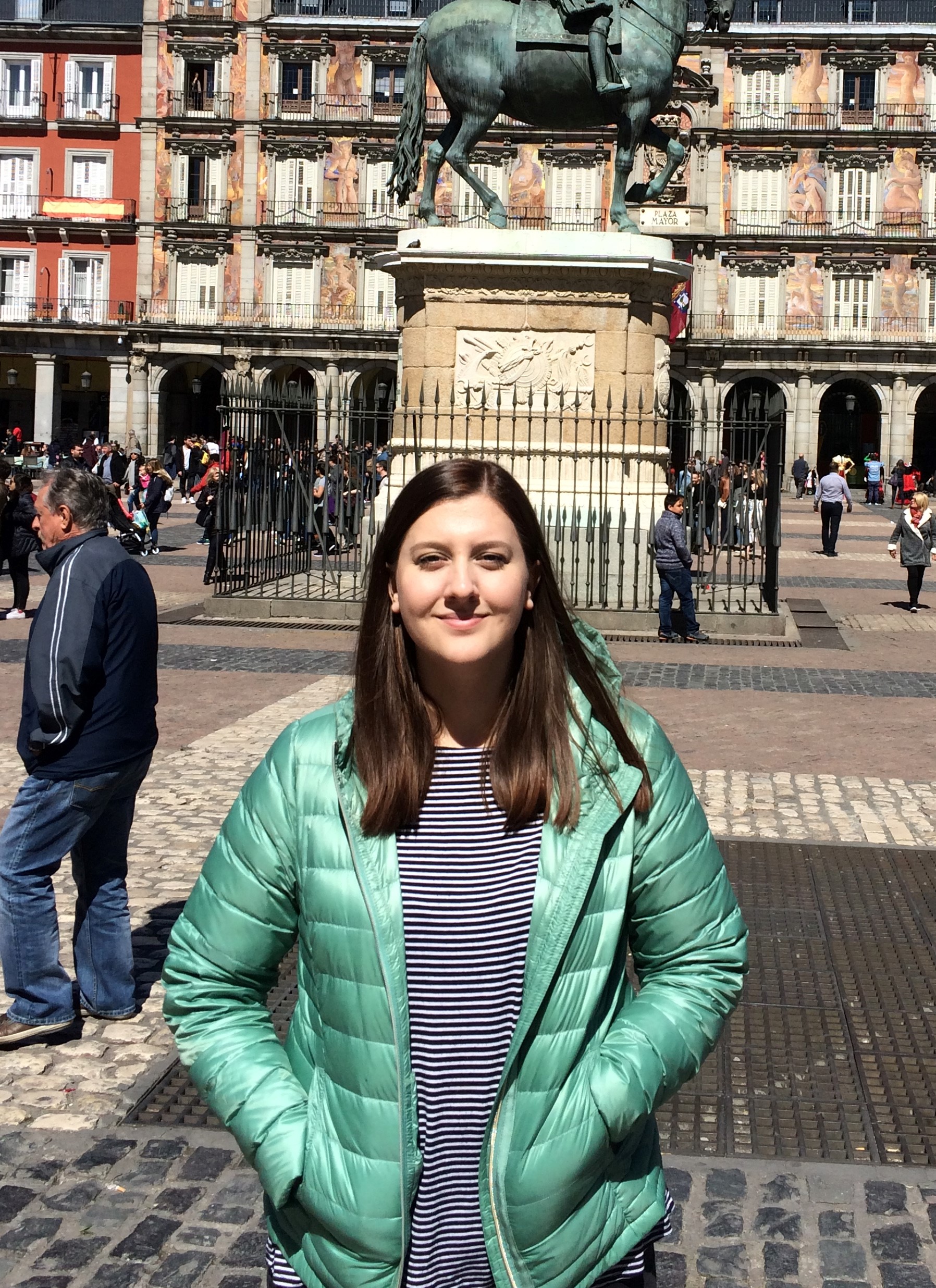 |
Ruth Hayter |
Ruth is a first year PhD student and part of the second cohort of the Low-Dimensional Materials and Interfaces Doctoral Training Programme. Her research focuses on the design, synthesis and characterisation of one dimensional semiconductors. She previously completed her Chemistry MSci degree at the University of Nottingham, working in the Nanocarbon group for her research project on initiating and imaging chemical reactions with TEM. |
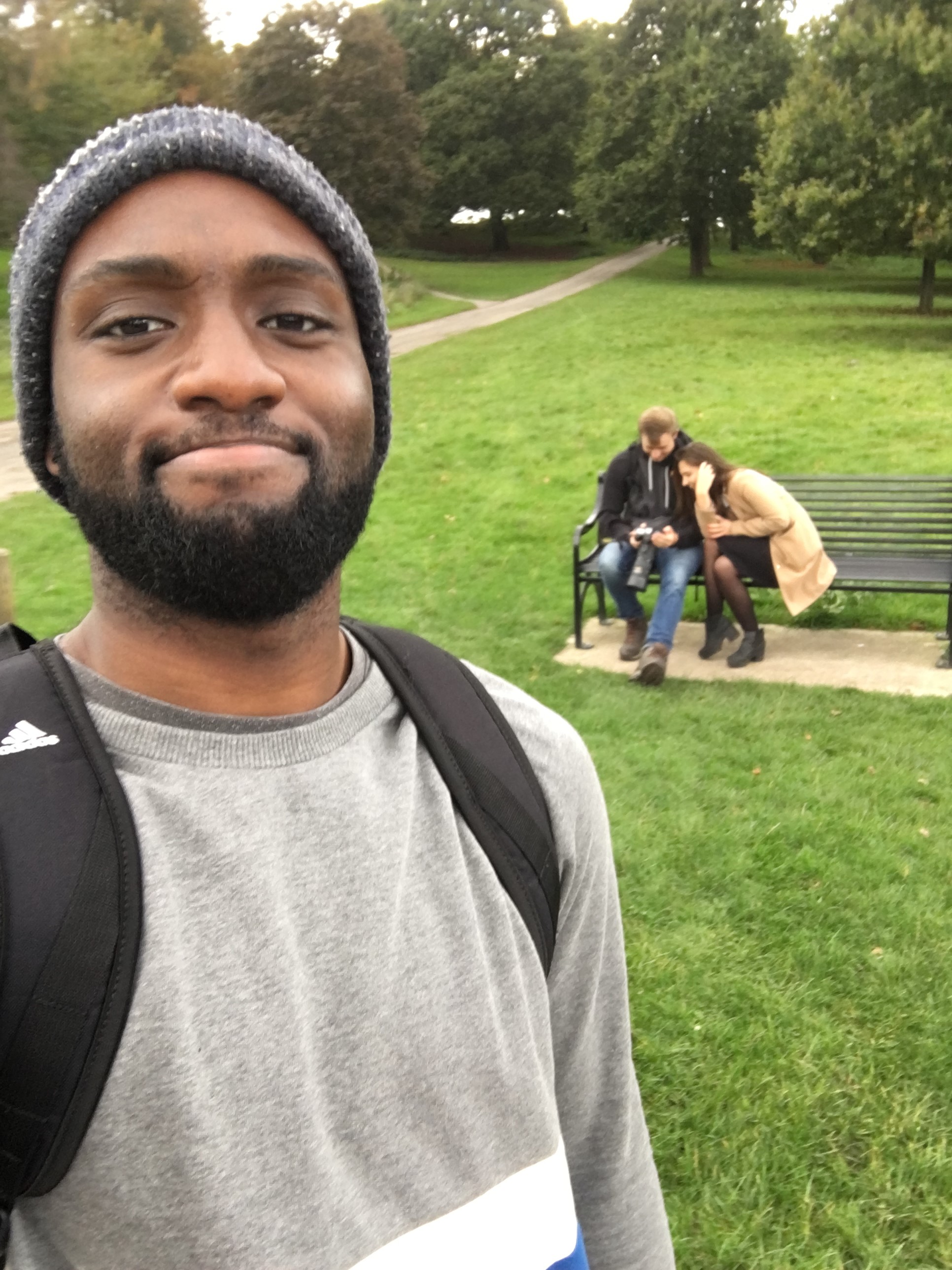 |
Chukwuebuka Ezeugwa |
Ebuka comes from Bexley in London (or Kent) and is completing his 4th year research project with us. Having recently completed a summer project with the George group into the photophysics of organometallic complexes for alkane activation, he is now working on the synthesis and characterisation of photoactive Group XII chalcogenides within carbon nanotubes. |
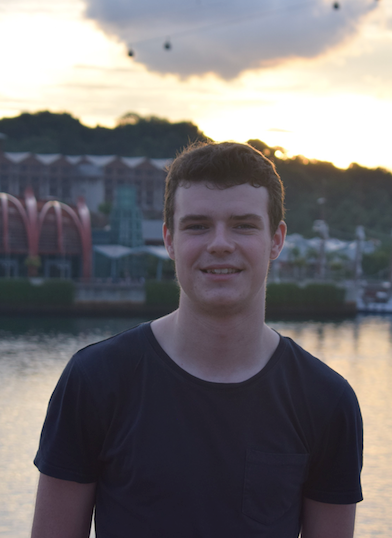 |
Tom Peters |
Tom comes from Nuneaton in Warwickshire and is completing his 4th year research project in the nanocarbon group. Having completed an international study year at the National University of Singapore, and a summer research project with the Pordea group into chemical catalyst based "Trojan Horse" prodrug activation, he is now working on the use of carbon nanoreactors for the effective desulfurization of fuel. |
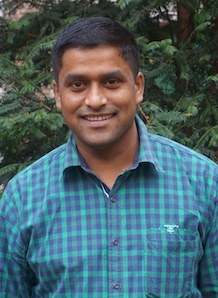 |
Nityananda Agasti |
Nityananda comes from New Delhi, India. He has joined this group as MRes under University of Delhi Scholarship. He is working under the supervision of Prof. Andrei Khlobystov and Prof. Jairton Dupont. His current research is on Carbon nanotubes supported Lanthanide nanomaterials and their catalytic and magnetic applications. |
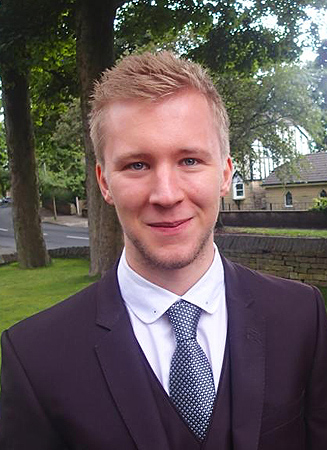 |
Lewis Pickard |
Lewis was a masters student at Nottingham from Bromsgrove. During his 3rd year he worked in industry developing Lithium-Sulfur batteries and worked with the nanocarbon group during the final year of his MSci degree. Lewis's work focused on the effect of confinement within narrow carbon nanotubes on electrochemical reactions. |
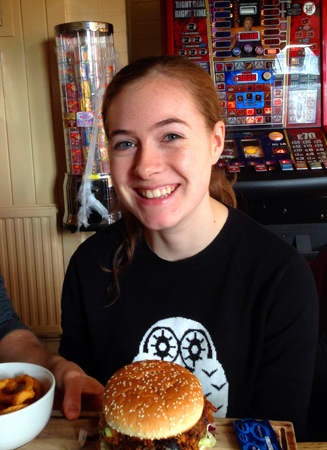 |
Alexandra Saunders |
Ally is originally from South Normanton in Derbyshire and worked with the nanocarbon group as part of the final year of her MSci Chemistry degree here in Nottingham. She previously completed a summer project researching palladium catalysed suzuki reactions inside carbon nanofibres, and during her MSci project she studied the effects of confinement of organic chemical reactions within narrow carbon nanotubes. |
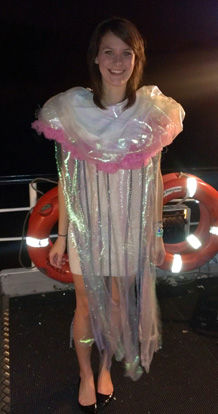 |
Alice Thomas |
Alice comes from Newark and researched molecular catalysed reactions inside carbon nanofibres as part of the final year project of her MSci degree. |
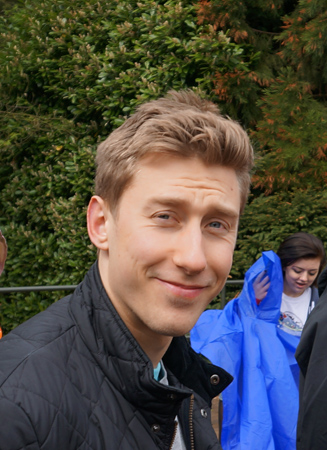 |
Daniel Eddowes |
Daniel comes from Stockport, just outside of Manchester and completed his MSci Chemistry degree in Nottingham in 2013. His final year project with us involved looking at reactions confined within carbon nanofibres. |
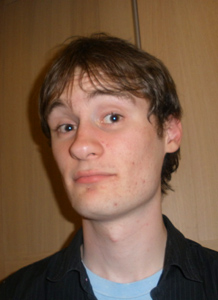 |
Daniel Bailey |
Dan is originally from Manchester, and completed his MSci chemistry degree at Nottingham University in 2013. His final year project with us was researching immobilisation of catalyst particles in carbon nanotubes. |
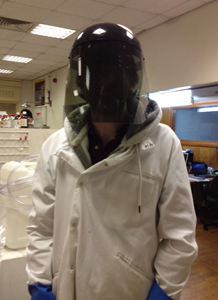 |
Stephen Kenny |
Stephen comes from Milton Keynes in Buckinghamshire. He attended the University of York obtaining a BSc in Biochemistry. He carried out a summer research project as part of his Nanoscience MSc degree in Nottingham and this consisted of determining an efficient method to reduce the length of carbon nanotubes for various applications. |
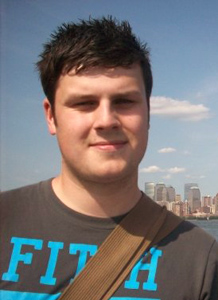 |
Ben Harris |
Ben comes from Drayton, a small village just outside of Stourbridge. He graduated with an MSci in chemistry from the University of Nottingham in 2012. He completed a final year research project into the reaction selectivity when using nanoparticulate catalysts. |
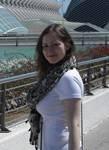 |
Kristine Tijare |
Kristine comes from the capital of Latvia, Riga and did her fourth year of MSci degree in The University of Nottingham. Her masters project involved studying nanotubes as vessels for organic reactions. |
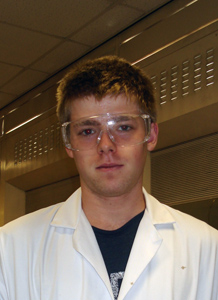 |
Guy Bennett |
Guy comes from Leeds, UK and he did his fourth year of an MSci chemistry degree here at the University of Nottingham. His fourth year project within the Nanocarbon Group involved encapsulation of functionalised fullerenes into carbon nanotubes. |
 |
Wissam Abuajwa |
Wissam comes from Gaza where he received his M.Sc. in Chemistry. His postgraduate study aimed to understand non-covalent interactions in fullerene crystals. |
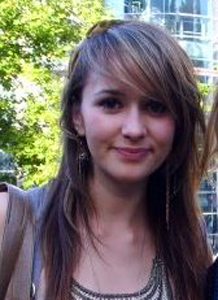 |
Miranda Lowe |
Miranda comes from Birmingham and worked with the nanocarbon group as part of the final year of her MSci chemistry degree here at the University of Nottingham. Her project with us involved incorporating magnetic bistability into carbon nanostructures. |
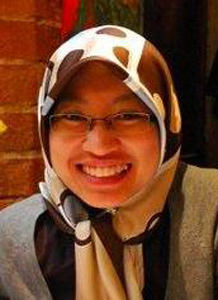 |
Wahidah Ya'akub |
Wahidah comes from Brunei Darussalam, and completed her MSci Chemistry degree at the university of Nottingham in 2011. Her final year project involved testing the chemistry and reactivity of the nitrogen in the pyrrolidine ring of prato functionalised fullerenes. |
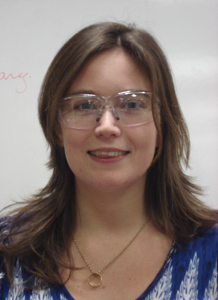 |
Dr. Alexandra Gower |
Allie comes from Bishops Stortford in Hertfordshire. She was a final year MSci student and her research project aimed to construct composite networks of gold nanoparticles, carbon nanotubes and exohedrally functionalised fullerenes. Such architectures are viable targets for sensors and neural nets and will additionally form a important contribution towards the wider understanding of the interactions between nanoscopic objects. |
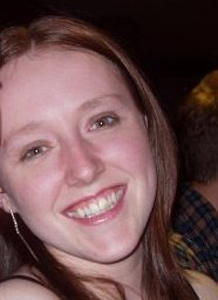 |
Stacié Dean |
Stacié is from Leeds, and is studying for her MSci Chemistry with Molecular Physics, and was doing her final year project on the Characterisation of Functionalised Fullerenes. She was investigating the different ways to synthesize these dimers and use different spectroscopic methods to determine physical attributes of these molecules, to add a physical chemistry insight to the research. |
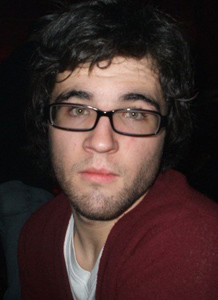 |
Robert Mora |
Robert is from London. He joined the group in the final year of his MSci degree after completing his Nuffield summer project with Dr. J. van Slageren here at the Univertity of Nottingham. Following on from that Robert's MSci project had two facets: Firstly, the functionalisation of endohedral fullerenes with a view to packing them onto the surface of gold in an odered way. Possible applications of this research lie mostly in quantum information processing. Secondly, the functionalisation of exohedral fullerenes with a metal atom, then encapsulating these molecules within a single walled carbon nanotube. The applications of this research lie mainly in catalysis as well as exploring the fundamentals of metal atoms inside SWNT. |
 |
Tom Reade |
Tom was a final year undergraduate who was working with us as a summer project student. His work involved a study of the interaction of nanoparticles with carbon nanotubes. He was trying to determine whether the aspect ratio of nanoparticles or the morphology and functionality of the nanotubes has any effect on the extent of particle adsorption. |
 |
Sarah Higgins |
Sarah graduated from a degree in Chemistry with Molecular Physics in 2008 and did her final year project with us. She investigated the optical properties of aniostropic nanoparticles. In particular her work aimed to determine the effect of increasing aspect ratio on the scattering properties of the particle sols. She developed a synthetic method for production of dimers of gold nanoparticles and compared these to short nanorods. |
 |
Stephen Bourne |
Stephen did his MSci project with us in 2007/8. His work focussed on quantification of the interaction between gold nanoparticles and carbon nanotubes. This is part of a wider project aimed at understanding the forces governing the interaction between nanoscopic objects. |
 |
Jonathan Howells |
Jon also was an MSci student in 2007/8 and his work was in the further development of novel functionalised fullerene molecules. These were used to insert into carbon nanotubes in order to create peapods. Following on from earlier work by Luke and Andy (below) he aimed to improve inter-fullerene periodicity by incorporating bulky stopper groups onto the ends of the rigid tails. This effectively prevents tail slippage under neighbouring fullerenes. |
 |
Rebecca Davies |
Bex, another 2007/8 final year MSci student, was working jointly in our lab and that of Professor Martyn Poliakoff. Her work was sponsored by Thomas Swan. Her work aimed to develop a method for the production of carbon nanotube aerogels. Such materials have high strength, high electrical and thermal conductivity and low density and are consequently of great interest for a variety of high tech industries, including the space industry. |
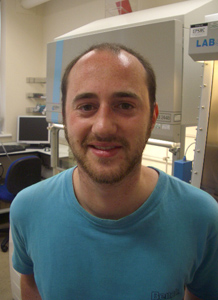 |
Owen Richards |
Owen worked in the group for 10 weeks as a summer student in between the 3rd and 4th years of his MSci in Chemistry. He worked on the development of a new nanoparticle analysis technique invented by Nanosight Ltd. This Nanoparticle Tracking Analysis (NTA™) works by imaging the scattered light from a suspension of nanoparticles in a laser beam. The technique is being developed in our group to monitor, and directly image, dynamic changes in nanoparticulate systems, such as growth or assembly processes. |
 |
Mujtaba Zaka |
Now studying for a PhD in Oxford, Muj completed his final year MSci project in the Nanocarbon Group in 2006/7. Muj was synthesising carbon nanotubes with novel functional sidechains covalently anchored to the carbon nanotube sidewalls. These included moieties designed to bind metal ions so that any effect of transition metal binding on the nanotube properties could be tested. |
 |
Luke Staddon |
Luke's final year project in the group concerned the functionalisation of fullerenes. The addition of covalently bound tails is attractive as their steric bulk can be used as a means of spacing the fullerene molecules once part of a peapod array. His functional groups aimed to modify inter-fullerene spacing in the peapod arrays through the addition of rigid and bulky tails to fullerenes so as to negate the variability that comes as a consequence of the tail folding that Andy (below) quantified. |
 |
Andrew Camenisch |
Andy's final year project in the group (in 2005/6) concerned the functionalisation of fullerenes. The addition of covalently bound tails is attractive as their steric bulk can be used as a means of spacing the fullerene molecules once part of a peapod array. He developed a series of fullerenes with alkyl chain tails of varying length and quantified their effect on inter-fullerene separation, relating this to packing conformations of the folded, flexible tail. |